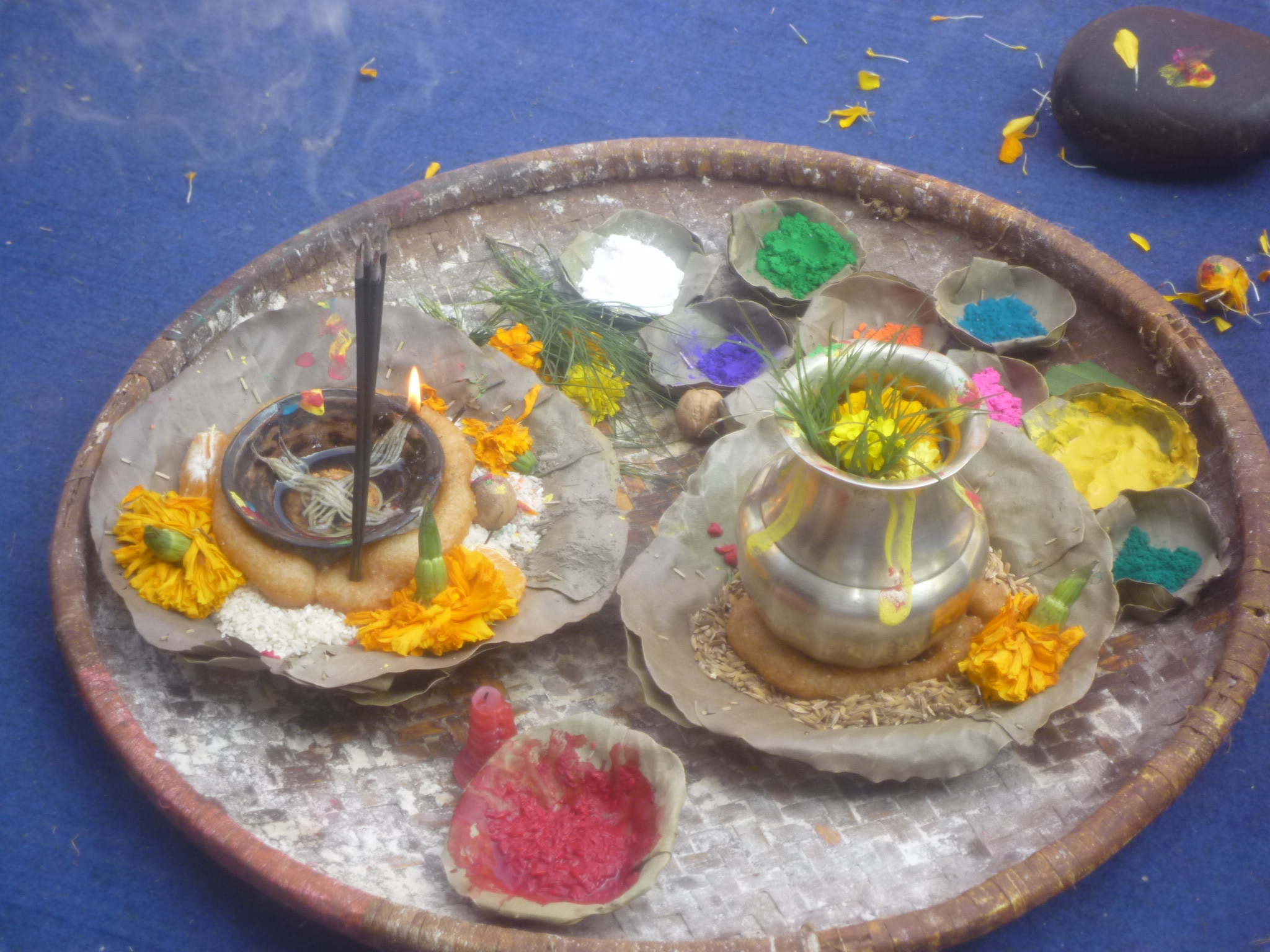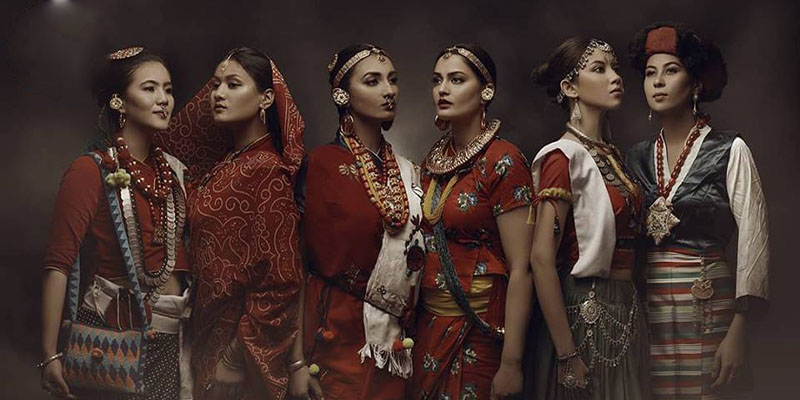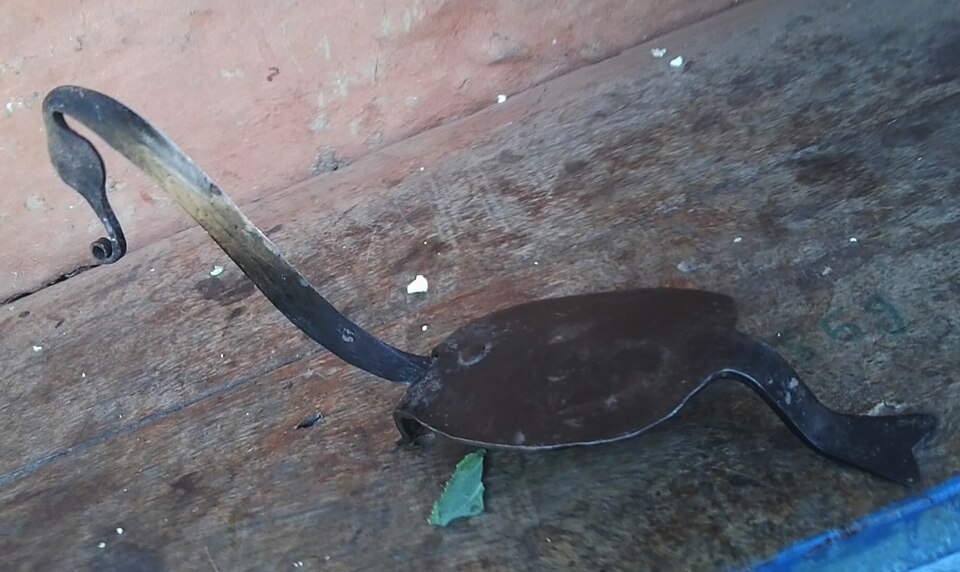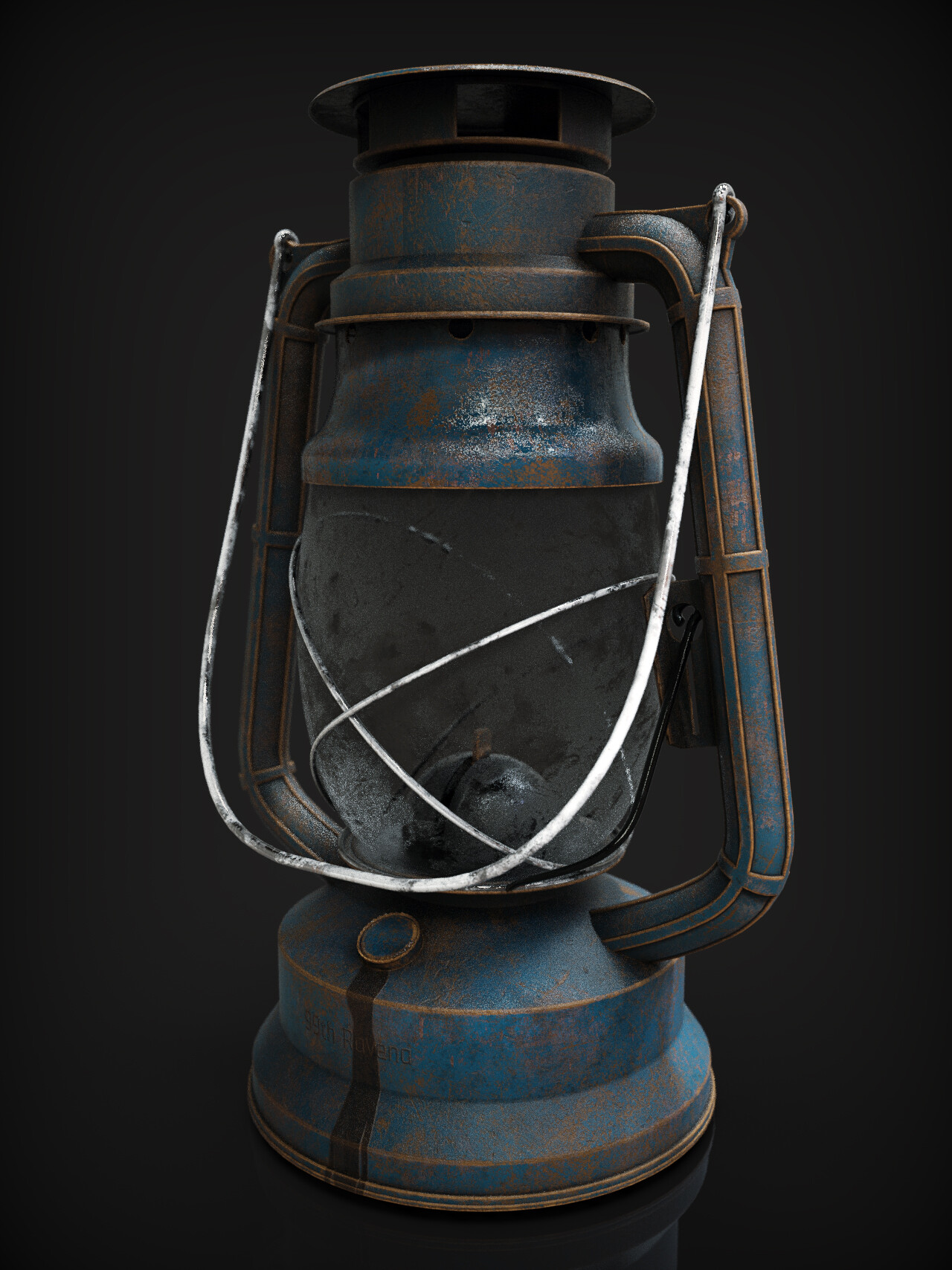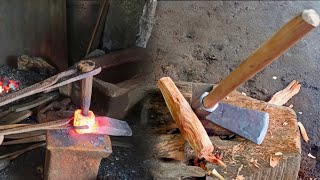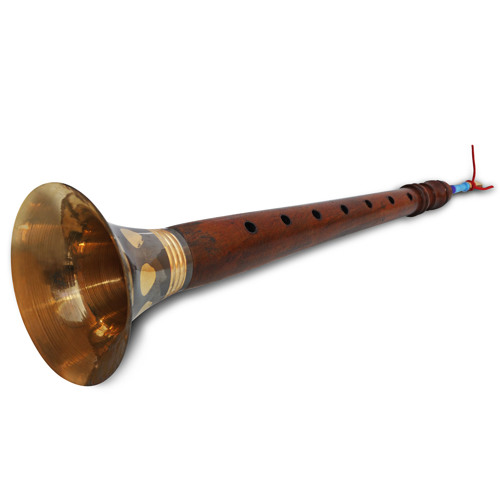Share this Article
The Nanglo is a handwoven tray made from thin strips of bamboo. It is round, shallow, and lightweight, with a slightly raised edge that keeps contents from spilling out. While its design is basic, its construction requires craftsmanship, often passed down through generations of local artisans. These trays are commonly seen hanging in kitchens, stored behind doors, or placed on patios where they are used daily or during special occasions.
Traditional Uses of Nanglo
Nanglos are multipurpose, but they’re primarily used for:
1. Separating Beans from Husks and Ashes
In older rural kitchens without mechanized processors, manual separation was key. After roasting or boiling beans like chana (chickpeas), mas (black gram), or simi (beans), the beans were often covered in ashes or husks. The Nanglo was used to toss and fan these ingredients, separating the heavier beans from the lighter impurities. This technique, called "Phatkeko" in Nepali, was a skill every village woman mastered.
2. Cleaning Grains
Before storing rice, corn, or millet, families would pour a handful onto the Nanglo, gently tossing and inspecting the grains to remove stones or bad grains. It was a slow, meditative process — done with care and attention — often while chatting with family or watching over the fire.
3. Drying and Fermenting
During harvest seasons, Nanglos were also used to dry spices, grains, or fermented foods like gundruk (fermented leafy greens). Their breathable bamboo surface allowed airflow, making them perfect for sun-drying.
More Than a Tool: A Cultural Symbol
Beyond its functionality, the Nanglo has always held a cultural and emotional significance in Nepali homes. For many, it's not just a kitchen utensil but a symbol of rural life, community, and the hardworking nature of traditional Nepali women.
During festivals like Tihar or Maghe Sankranti, Nanglos are often decorated with colorful items — fruits, flowers, sweets — and offered during rituals. They also serve as gift trays, carrying food and clothes when daughters return to their parental homes.
How Nanglos Are Made
Crafting a Nanglo is an art in itself. Skilled bamboo weavers, mostly from the Tharu, Tamang, or other indigenous communities, strip bamboo into thin slices and intricately weave them in a crisscross pattern. The rim is reinforced with thicker bamboo or sometimes cane to keep the shape intact. The best Nanglos are lightweight yet strong, with tight weaves that resist breaking even with years of use.
Today, you can still find them being made in areas like Terai, Sindhupalchok, Dhading, and Palpa.
Nanglo in the Modern World
With urbanization and the introduction of plastic and metal tools, the use of Nanglos has declined. However, in recent years, there’s been a revival of interest in traditional and sustainable living. People are beginning to rediscover the charm and utility of such natural tools.
Some even use Nanglos as decorative wall art, placing them in modern kitchens or cafes to bring in a rustic aesthetic. For those who grew up with the sight of their grandmothers cleaning rice on a Nanglo, owning one is like holding a piece of home.
Why Nanglo Still Matters Today
- Eco-Friendly: Made from 100% natural bamboo, it’s biodegradable and sustainable.
- Culturally Rich: It preserves the identity and craftsmanship of indigenous communities.
- Functional: Still a great tool for cleaning grains, drying vegetables, or even serving snacks.
- Mindful Living: Reminds us of a slower, more connected way of life.
Conclusion
In a world obsessed with speed and efficiency, the Nanglo teaches us something different — to slow down, be present, and appreciate the simple beauty of manual work. Whether it’s separating beans from ashes or serving as a symbol of Nepali identity, the Nanglo remains a timeless treasure. If you ever get the chance to use one, know that you're partaking in a tradition that has fed generations.
Categories:
Traditional Tools and Utensils
Tags:
Nanglo
,
TraditionalTools
,
SustainableLiving
,
MadeInNepal
,
BambooCraft
,
NepaliTradition

